I was pondering something earlier. I wanted to check if a function had already been put into an array. If so throw an exception. I did this little test with the console...

So I guess I could say that the objects are always just references, and after setting a as x I could change x and a would be effected as well?
Would this mean that the condition x = a no matter what, which is what I want.
Using this to check if the function/object is already in the array I could just do this correct...

Is there a better way to do this?
Would this also mean that if I pass a variable to a function and mutate it in that function it will be mutated outside of that function as well?
EDIT
I guess I am right about the mutation with this little test. But I don't get why its bar in the first log in the second example


EDIT END
Example 1:
var x = function(){console.log("hello")}; var a = function(){console.log("hello")};
console.log(x == a); //comes out false
//Set a as x
a = x;
console.log(x == a); //comes out true
Example 2:
Array.prototype.Contains = Array.prototype.Contains || function (obj) {
return this.indexOf(obj) != -1;
};
var x = function(){console.log("hello")}; var a = function(){console.log("hello")};
var z = a;
console.log(x == a); //comes out false
var l = [];
l.push(x);
//Set a as x
a = x;
l.push(a);
console.log(x == a); //comes out true
console.log(l.Contains(x)); //Should come out true
console.log(l.Contains(a)); //Should come out true
console.log(l.Contains(z)); //Should come out false